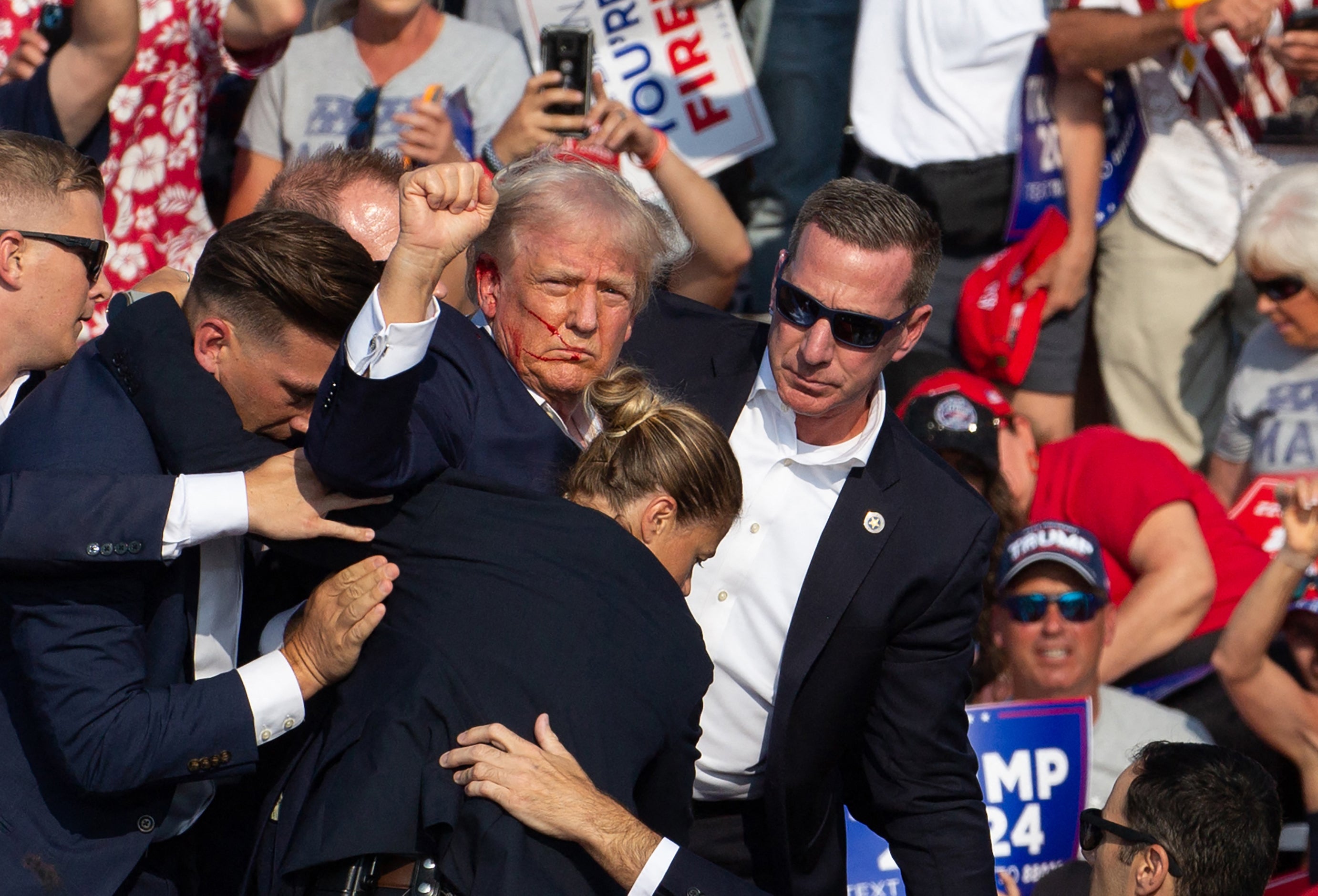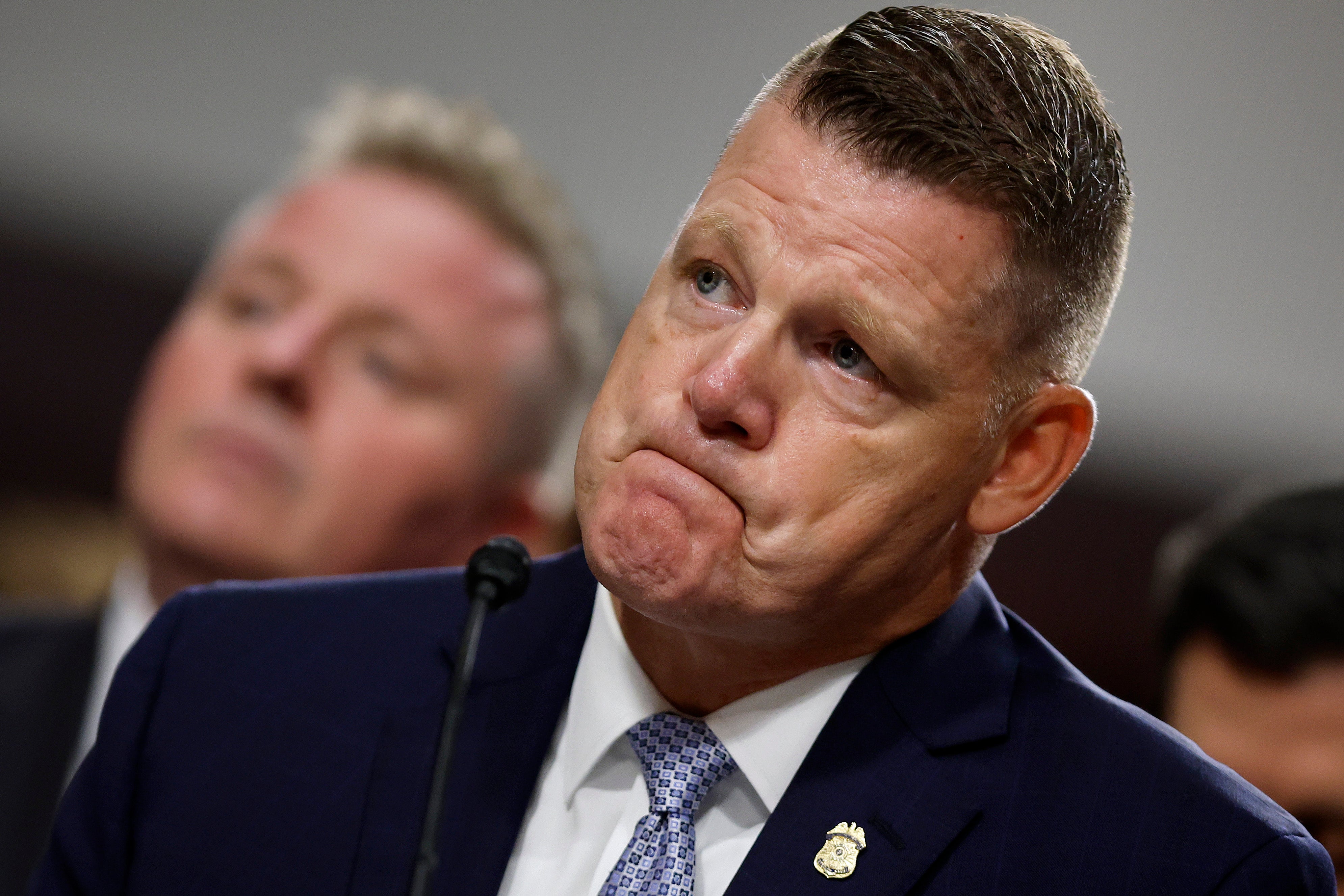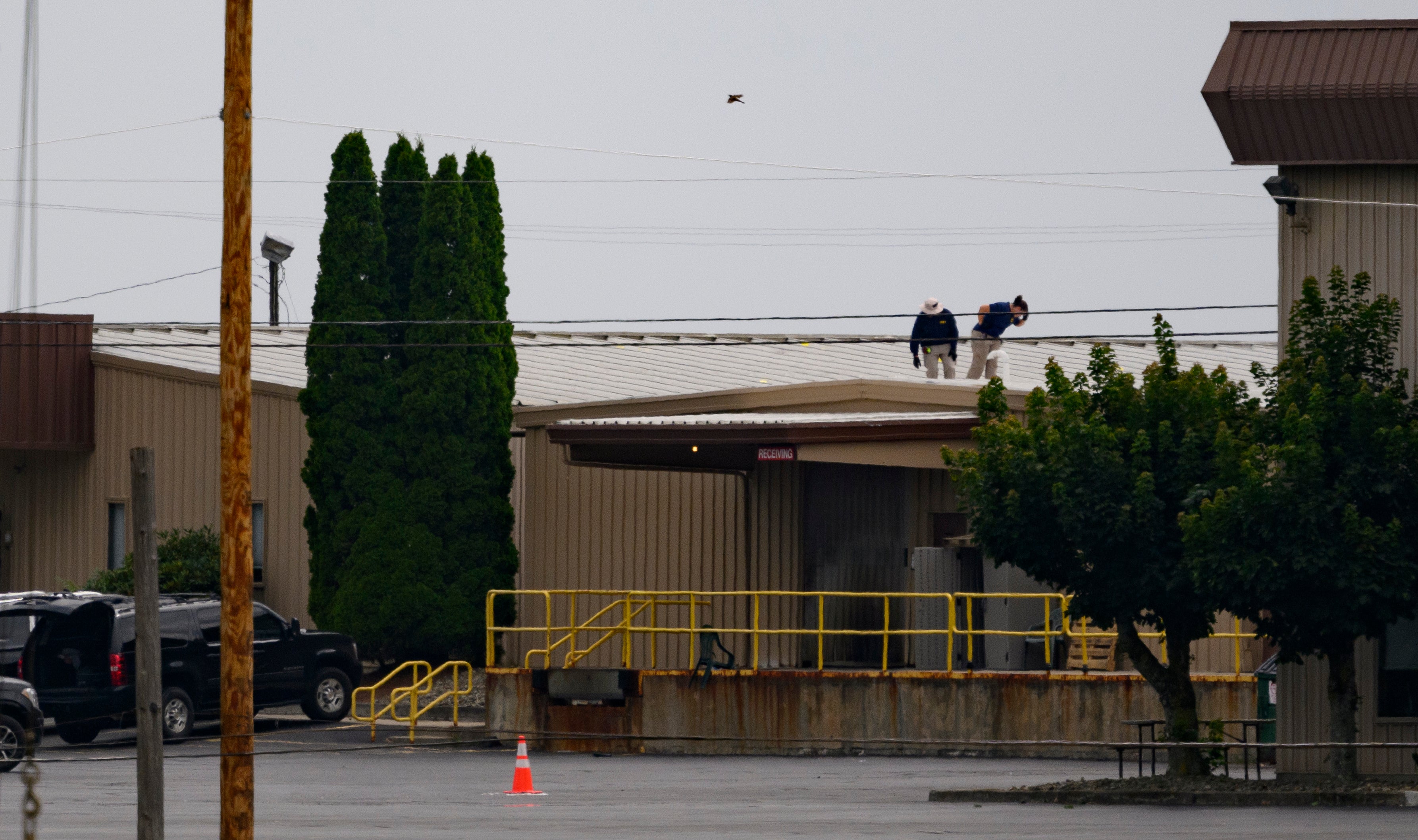How Secret Service tech failures aided Trump’s would-be assassin in his plot
Acting Secret Service director said he had ‘no explanation’ for the technological failures
Support truly
independent journalism
Our mission is to deliver unbiased, fact-based reporting that holds power to account and exposes the truth.
Whether $5 or $50, every contribution counts.
Support us to deliver journalism without an agenda.

Louise Thomas
Editor
Technology failures between members of the Secret Service on the day Donald Trump hosted a rally in Pennslyvania contributed to the Secret Service’s inability to stop a gunman from opening fire on the former president and his supporters.
Not employing a counter-drone system, communicating on different radio systems and succumbing to bandwidth issues provided gaps that the 20-year-old shooter took advantage of, officials said.
Now, leaders of the Secret Service are facing questions about those failures and how they allowed the gunman to open fire on a presidential candidate despite police already searching for him.

One issue was that the shooter, identified as Thomas Matthew Crooks, used his own surveillance drone to scope out of the area of Butler County where the former president held a rally before climbing onto the roof of a nearby building with an AR-15-style rifle.
Meanwhile, the federal agency allegedly declined to use local law enforcement’s surveillance drone the night before the rally.
Although the Secret Service has its own counter-drone system, it was not functional on the day of the rally due to bandwidth problems, acting Secret Service Director Ronald Rowe told members of Congress during a hearing.
Had the agency had the counter-drone system in place, Rowe said, “We could have perhaps found him, we could have maybe stopped him.”

When asked why the agency did not use its own satellite internet service to prevent bandwidth problems – Rowe said he had “no explanation.”
Other failures by the agency, such as not including the warehouse building where Crooks shot from as part of its security perimeter, made it easy for the gunman to target the former president.
Perhaps one of the most obvious technological failures was that federal agents used a radio system to communicate with one another, separate from local law enforcement officers who were assisting in security coverage that day.
Reports revealed that multiple members of local law enforcement noticed and flagged the shooter’s suspicious behavior before the shooting, but they had no way of contacting Secret Service agents because they operate on a different radio system.

Moments after Trump took the stage, Crooks opened fire, killing one rallygoer and injuring three others – including the former president.
On Friday, Rowe said counter-snipers at the rally, from the local SWAT team, used their phones to message each other but Secret Service agents used a radio system.
“Moving forward, what I have directed now, is that everybody should be using the radio net,” Rowe said.
Though the agency is tasked with protecting current and former presidents, as well as dozens of other public officials, they have allegedly had problems with implementing technological advances over the years, according to a report from The New York Times.
Rowe told members of Congress that the multiple failures leading to the tragic shooting have haunted him, saying they “cost me a lot of sleep.”
A formal investigation into why the shooting happened and the failures that contributed to it is currently underway.
Subscribe to Independent Premium to bookmark this article
Want to bookmark your favourite articles and stories to read or reference later? Start your Independent Premium subscription today.
